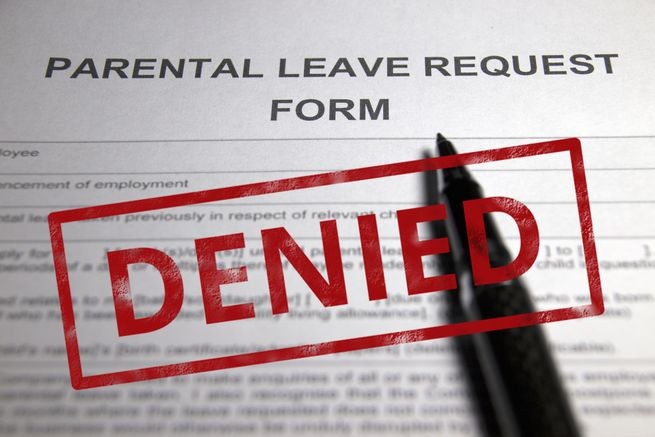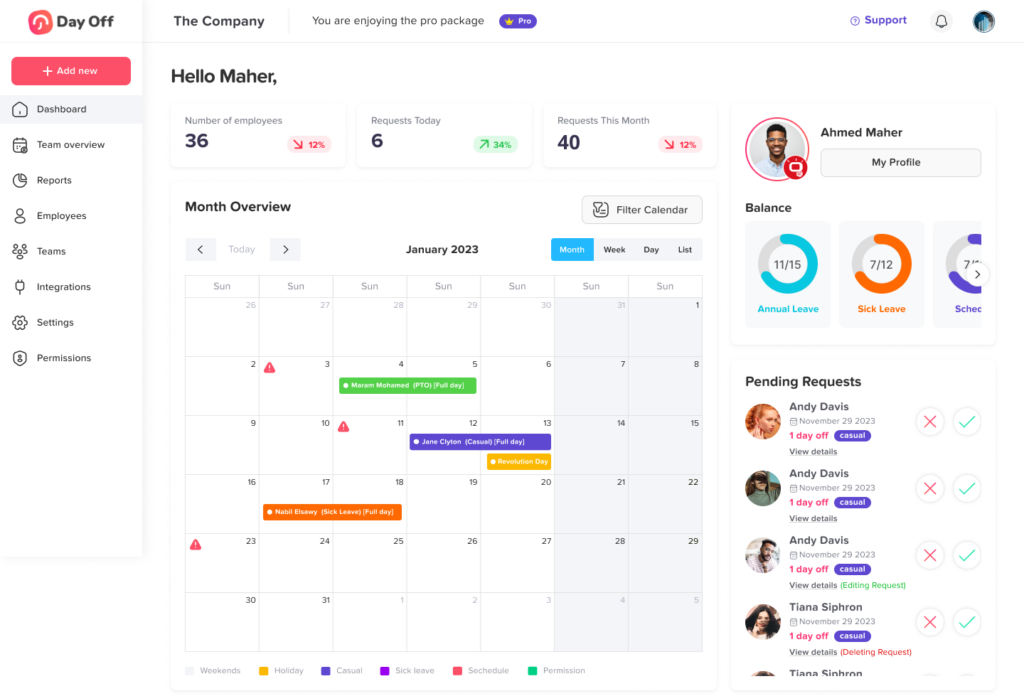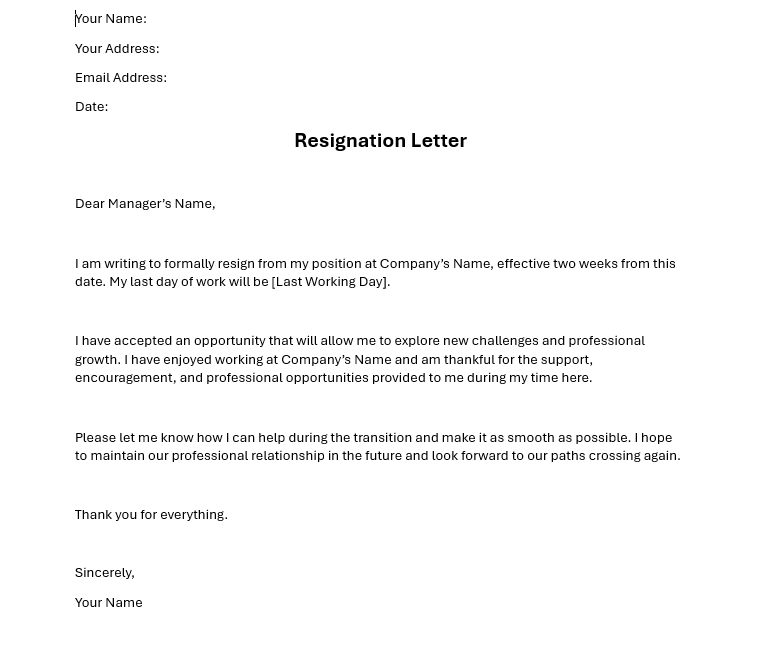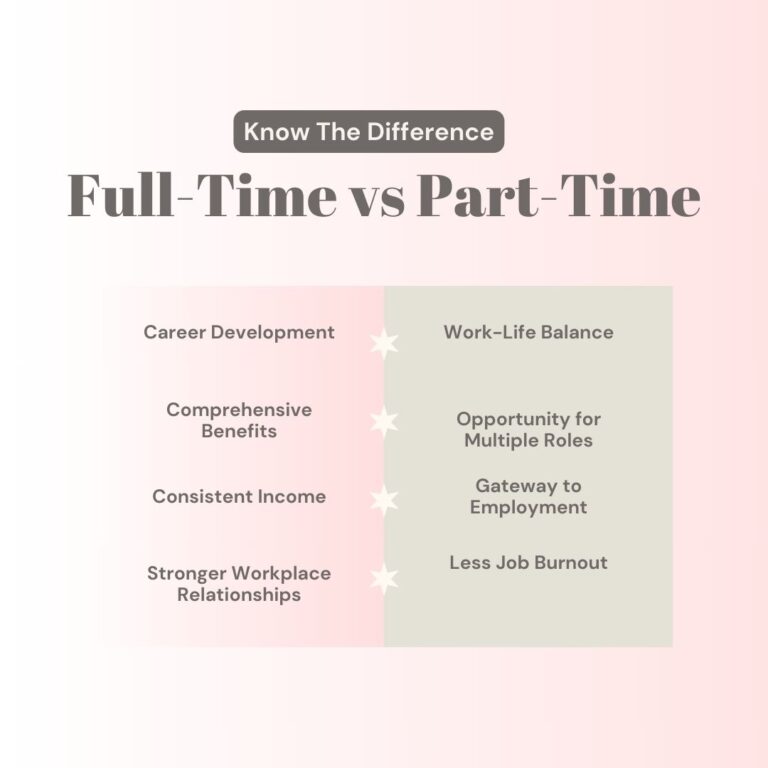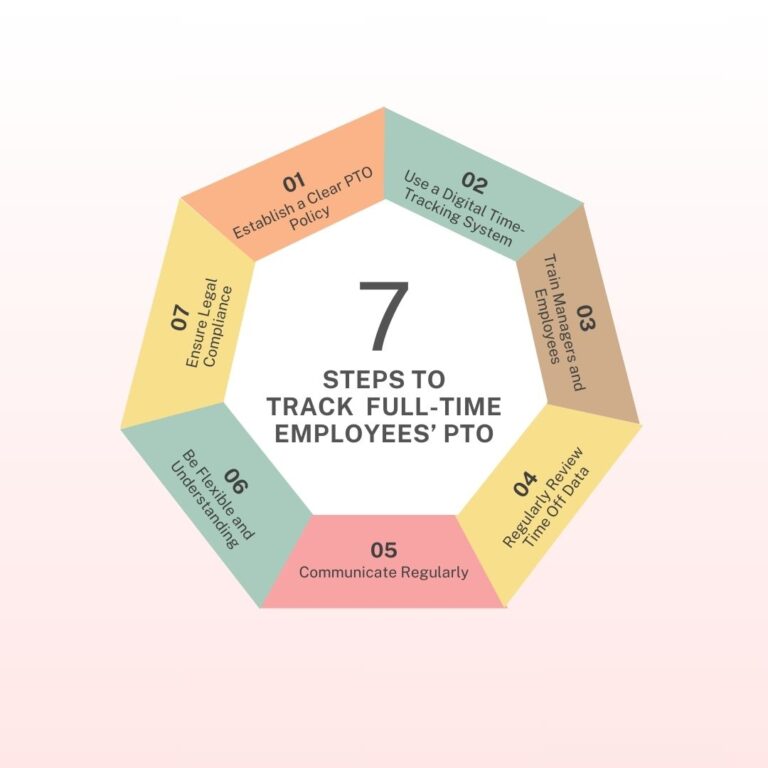Whether you’re weighing job offers, planning your finances, or simply curious about how your annual salary breaks down by the hour, understanding how to calculate your hourly wage is invaluable. This guide will take you through each step clearly and confidently, so you can accurately assess your earnings on an hourly basis.
Knowing your hourly rate can help you make smarter career decisions, negotiate better pay, and manage your time more effectively. It also gives you a clearer picture of your financial health, empowering you to budget and plan for the future with confidence. By mastering this simple calculation, you’ll gain a stronger sense of control over your work and income.
What You Need to Know Before You Start
To accurately calculate your hourly wage from an annual salary, start by gathering key details such as your total yearly earnings before taxes (Annual Salary), the average weekly hours you work (Work Hours per Week), and the total number of work weeks per year, considering any paid vacation (Work Weeks per Year).
First, determine your Weekly Hours; for a standard schedule, multiply daily hours by workdays per week (e.g., 8 hours/day * 5 days = 40 hours/week). For a variable schedule, calculate an average based on typical monthly hours. Next, calculate your Work Weeks per Year by subtracting paid vacation from 52 (e.g., 52 weeks – 2 weeks of vacation = 50 work weeks). Then, find your Weekly Salary by dividing your Annual Salary by your Work Weeks per Year (e.g., $52,000 / 50 weeks = $1,040/week). Finally, to find your Hourly Wage, divide your Weekly Salary by your Weekly Hours (e.g., $1,040 / 40 hours = $26/hour). This method provides a clear picture of what each working hour is worth, aiding in better financial planning and wage negotiations.
How Do I Calculate My Salary Per Hour?
To calculate your hourly wage from your annual salary, start by multiplying the number of hours you work each week by the weeks you work per year to determine your total annual working hours. For example, if you work 40 hours per week and 52 weeks in a year, you’ll have 2,080 working hours annually. Then, divide your annual salary by these total hours to find your hourly rate. If your salary is $60,000, dividing this by 2,080 hours results in an hourly wage of approximately $28.85. This figure represents your pre-tax hourly income, giving you a clear view of your earnings per hour before any deductions such as taxes or benefits.
How Do I Calculate My Salary Per Day?
To calculate your daily salary from an annual wage, first determine your hourly pay by dividing your annual salary by the total hours you work in a year. For instance, with a $60,000 annual salary and 2,080 working hours per year, your hourly rate would be $28.85. Then, multiply this hourly rate by the number of hours you typically work in a day. If you work 8 hours daily, your daily salary would be $28.85 multiplied by 8, equaling $230.80. This amount represents your earnings per day before any taxes are applied.
Detailed Step-by-Step Calculation Process
Step 1: Determine Your Weekly Hours
Calculating your weekly working hours is the foundation for determining your hourly wage. Here’s how you can establish this:
- Standard Schedule: If you work a fixed schedule, simply multiply the hours worked per day by the days you work per week.
- Variable Schedule: If your hours vary, calculate the average number of hours worked per week over a typical month.
Example:
Assuming a regular schedule:
- Daily Hours Worked: 8 hours
- Days Worked per Week: 5 days
- Weekly Hours: 8 hours/day×5 days/week=40 hours/week8 hours/day×5 days/week=40 hours/week
Step 2: Calculate Your Work Weeks per Year
It’s important to account for any paid vacation time since these weeks should not be included in your calculation of actual working weeks.
- Calculate: Subtract the weeks of paid vacation from the total weeks in a year.
Example:
- Total Weeks in a Year: 52
- Paid Vacation: 2 weeks
- Work Weeks per Year: 52 weeks/year−2 weeks=50 weeks52 weeks/year−2 weeks=50 weeks
Step 3: Calculate Your Weekly Salary
Understanding your weekly earnings is crucial and can be calculated by dividing your annual salary by the number of weeks you work each year.
Example:
- Annual Salary: $52,000
- Weekly Salary: $52,000÷50 weeks=$1,040/𝑤𝑒𝑒𝑘$52,000÷50 weeks=$1,040/week
Step 4: Calculate Your Hourly Wage
This final step divides your weekly salary by the number of hours you work per week, giving you your hourly wage.
Example:
- Weekly Salary: $1,040
- Weekly Hours: 40 hours
- Hourly Wage: $1,040÷40 hours=$26/ℎ𝑜𝑢𝑟$1,040÷40 hours=$26/hour
How Much is $50,000 a Year Hourly?
To calculate the hourly wage from an annual salary of $50,000 with a standard full-time schedule of 40 hours per week and 52 weeks per year, start by determining your total annual working hours. Multiply 40 hours per week by 52 weeks, which equals 2,080 hours per year. Then, divide the annual salary by the total working hours to find the hourly wage. For a salary of $50,000, dividing by 2,080 hours gives an approximate hourly wage of $24.04. Thus, if you earn $50,000 annually and adhere to a full-time schedule without accounting for vacation, your hourly wage would be about $24.04.
How Much is $60,000 a Year Per Hour?
To calculate the hourly wage from an annual salary of $60,000 when working a typical full-time schedule of 40 hours per week across 52 weeks (totaling 2,080 hours annually), begin by determining the total number of work hours in a year. Multiply 40 hours per week by 52 weeks to get 2,080 hours annually. Then, divide the $60,000 annual salary by the 2,080 hours to find the hourly wage. This calculation gives an approximate hourly wage of $28.85. Therefore, if you earn a $60,000 salary and maintain a standard full-time schedule, your hourly wage would be around $28.85.
How Much is 300 a Day Salary?
To determine the equivalent annual salary for someone earning $300 per day, start by calculating the total number of work days per year. Assuming the individual works 5 days a week and takes the standard 2 weeks of vacation annually, the total work days per year is calculated as follows: (52 weeks per year minus 2 weeks of vacation) multiplied by 5 days per week, resulting in 250 work days per year. Next, multiply the daily wage of $300 by the 250 work days to calculate the annual salary. This gives $300 per day times 250 days, totaling an annual salary of $75,000. Therefore, if you earn $300 per day and work 250 days a year, your equivalent annual salary would be approximately $75,000.
How Much is 40k a Year Hourly?
To calculate the hourly wage from an annual salary of $40,000 with a standard full-time schedule of 40 hours per week over 52 weeks, which totals 2,080 work hours per year, follow these steps: First, calculate the total number of annual work hours by multiplying the weekly hours by the number of weeks per year (40 hours/week × 52 weeks/year = 2,080 hours/year). Then, determine the hourly wage by dividing the annual salary by the total work hours ($40,000 ÷ 2,080 hours ≈ $19.23 per hour). Thus, if you earn a $40,000 annual salary and adhere to a standard full-time schedule, your approximate hourly wage would be $19.23.
How Much is $800 a Month Hourly?
To calculate the hourly rate from a monthly wage of $800, assuming the person works a standard workweek of 40 hours, you would start by figuring out the monthly work hours. Since the average month is about 4.33 weeks long (accounting for months that extend slightly beyond four weeks), multiply the weekly hours by this factor: 40 hours/week × 4.33 weeks/month = 173.2 hours/month. Then, to find the hourly wage, divide the monthly wage by the monthly work hours: $800 ÷ 173.2 hours ≈ $4.62 per hour. Thus, if you earn $800 per month working 40 hours a week, your approximate hourly wage would be about $4.62.
What is $1200 a Week Annually?
To find the annual salary from a weekly wage of $1,200, you simply multiply the weekly income by the number of weeks in a year. Assuming work throughout all 52 weeks, the calculation would be $1,200 per week multiplied by 52 weeks, which totals an annual salary of $62,400. Therefore, earning $1,200 weekly translates to an annual income of approximately $62,400.
What is the Hourly Wage for $4800 a Month?
To calculate the hourly wage from a monthly salary of $4,800, assuming a standard workweek of 40 hours, begin by determining the total number of work hours in a month. Multiply the weekly hours by the average number of weeks in a month: 40 hours/week × 4.33 weeks/month = 173.2 hours/month. Next, calculate the hourly wage by dividing the monthly salary by the total hours worked per month: $4,800 ÷ 173.2 hours ≈ $27.71 per hour. Therefore, if you earn a monthly salary of $4,800 and work 40 hours a week, your approximate hourly wage would be $27.71.
What is 500 a Week Annually?
To find the annual salary from a weekly wage of $500, multiply the weekly income by the number of weeks in a year. Assuming you work every week, the calculation is straightforward: $500 per week multiplied by 52 weeks, which totals an annual salary of $26,000. Therefore, if you’re earning $500 weekly, your yearly income would be approximately $26,000.
Frequently Asked Questions (FAQs)
How do I calculate my hourly wage from an annual salary?
To find your hourly wage based on your annual salary, start by calculating the total number of hours you work in a year. Typically, this is done by multiplying the number of hours you work per week by the number of weeks you work annually (usually 52 weeks). Once you have the total yearly hours, divide your annual salary by this number. For example, if you earn $60,000 a year and work 40 hours a week, your yearly hours would be 40 × 52 = 2,080 hours. Dividing $60,000 by 2,080 gives you an hourly wage of approximately $28.85.
What is the process to find my daily salary from my annual wage?
First, calculate your hourly wage using your annual salary and total yearly work hours. Then, multiply this hourly wage by the number of hours you work in a typical day. For example, with an annual salary of $60,000 and an 8-hour workday, you calculate the hourly wage as explained above ($28.85), and multiply by 8 hours. This results in a daily wage of approximately $230.80.
How can I convert my monthly wage into an annual salary?
To convert a monthly salary into an annual amount, simply multiply your monthly wage by 12 (the number of months in a year). For instance, if you earn $8,000 per month, your annual salary is $8,000 × 12 = $96,000.
How do I calculate the annual salary from a weekly wage?
To determine your annual salary from your weekly earnings, multiply your weekly wage by the number of weeks you work in a year. Assuming you work all 52 weeks without unpaid time off, if you make $1,200 per week, your annual salary would be $1,200 × 52 = $62,400.
How is the hourly wage determined from a monthly salary?
To find your hourly wage from a monthly salary, you need to estimate the total hours worked in a month. Since months vary in length, we use an average of 4.33 weeks per month. Multiply your weekly work hours by 4.33 to get monthly hours. Then, divide your monthly salary by that total. For example, if your monthly salary is $4,800 and you work 40 hours per week, your monthly hours are 40 × 4.33 ≈ 173.2 hours. Dividing $4,800 by 173.2 gives an hourly wage of about $27.71.
What is the annual income from a daily wage?
To calculate your yearly income from a daily wage, multiply your daily rate by the number of workdays in a year. Typically, this is about 250 days, accounting for a 5-day workweek and 2 weeks of vacation. For example, if you earn $300 per day, your annual salary would be $300 × 250 = $75,000.
Can I calculate my hourly wage if I only know my monthly salary and average weekly hours?
Yes! First, estimate the total hours you work in a month by multiplying your average weekly hours by 4.33. Then, divide your monthly salary by this total. For example, if your monthly salary is $800 and you work 40 hours per week, your total monthly hours would be 40 × 4.33 = 173.2 hours. Dividing $800 by 173.2 results in an hourly wage of approximately $4.62.
Conclusion
Understanding how to convert your salary into different time-based metrics, such as hourly, daily, or weekly rates, is a valuable skill for financial planning and career management. Whether you’re evaluating job offers, preparing for negotiations, or simply budgeting more effectively, knowing the breakdown of your earnings can provide significant insight and help guide your financial decisions. This guide has walked you through the step-by-step process of calculating your hourly rate from an annual salary, translating a daily rate into an annual income, and other conversions, offering you a clearer picture of how much your time is truly worth.
By applying these methods and considering factors like paid time off (PTO), you can ensure that you have a thorough understanding of your compensation in various formats, which is essential for making informed decisions in today’s dynamic job market. Remember, a well-informed employee is an empowered employee.







